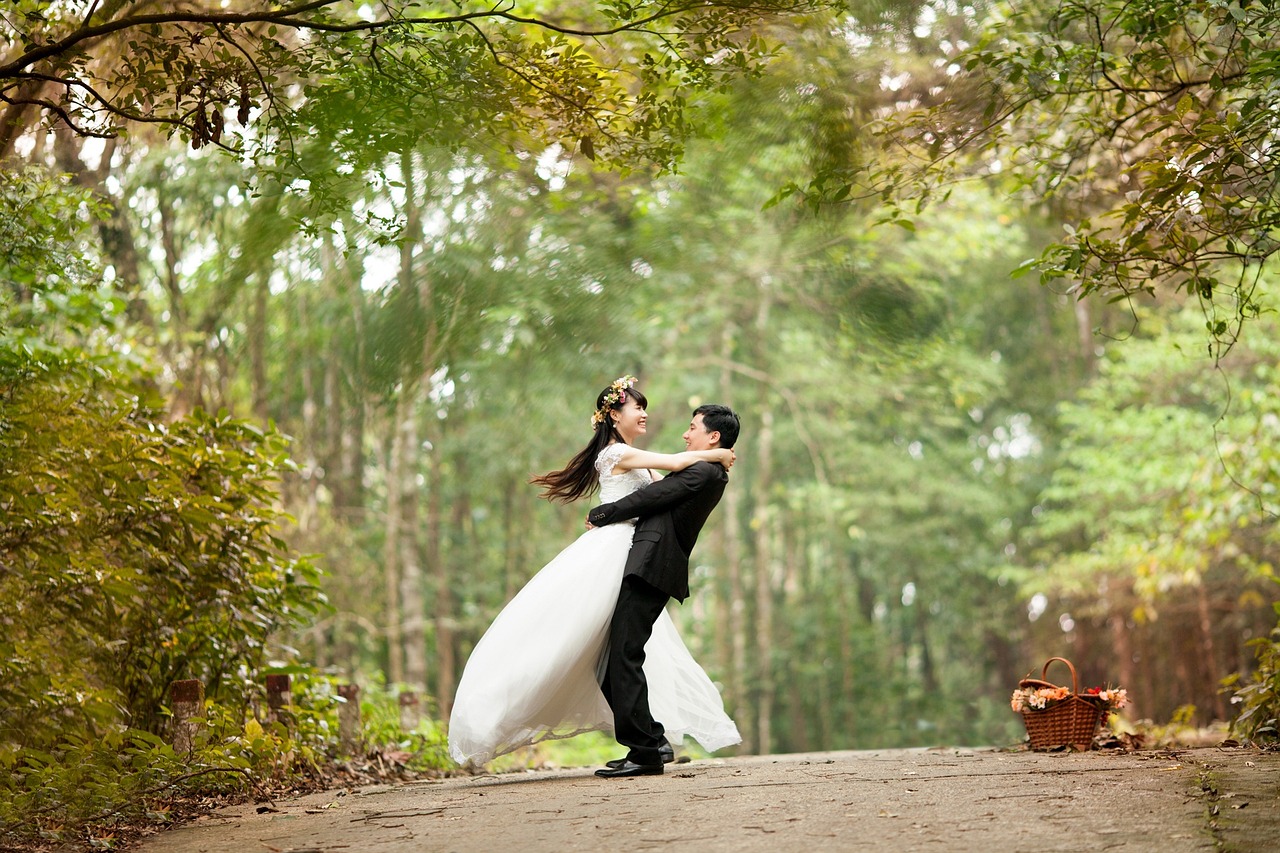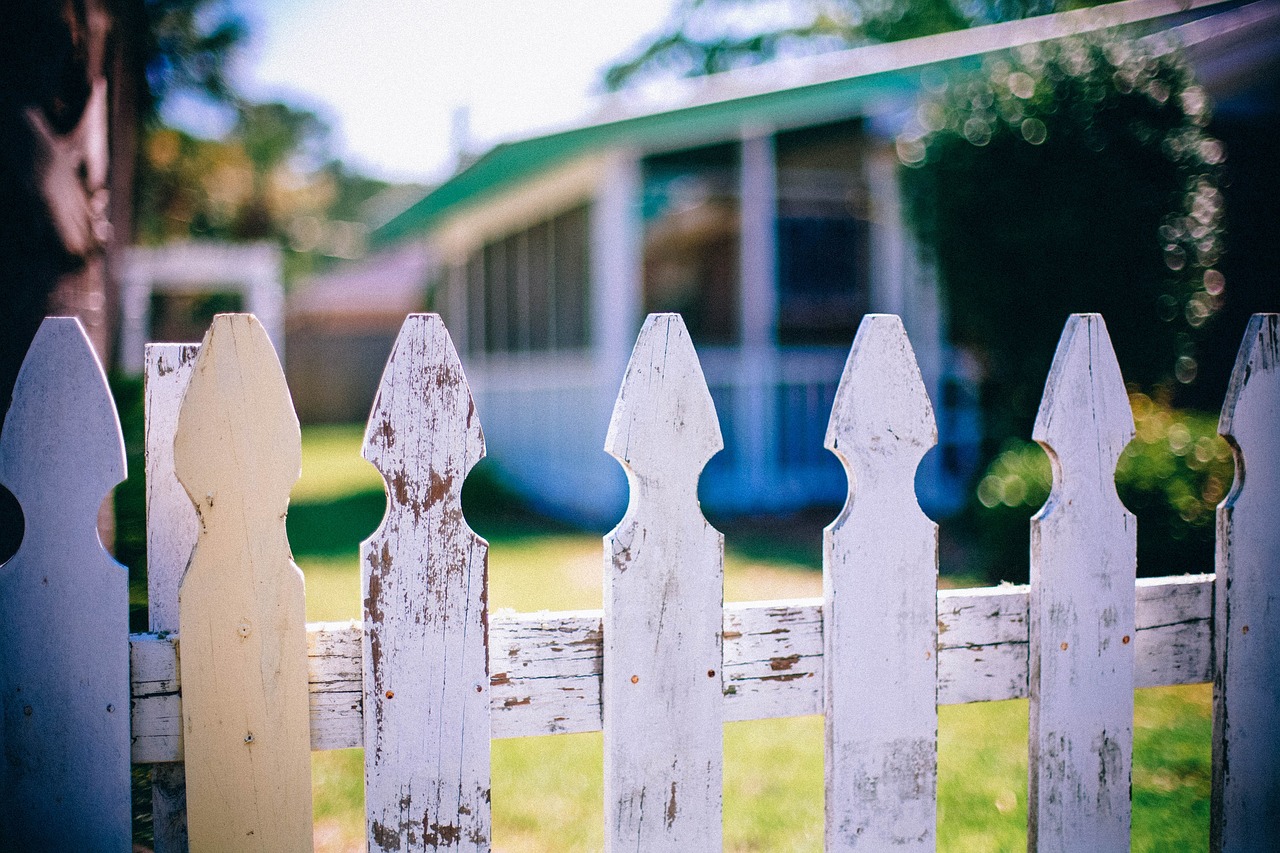Wedding ceremonies are inherently tradition-rich. Even the most modern wedding still has traditional hallmarks that indicate their continuation of a memetic inherited ceremony. Although wedding traditions are sometimes feverishly observed, very few people actually stop to consider where these traditions came from.
This article runs through some of the most popular Western wedding traditions. As with all practices, single origins do not explain the entirety of their adoption.
Bridal Bouquets
The bridal bouquet is often seen as the most essential ofthe wedding ceremony flowers and centerpieces in use today. Many brides walk down the aisle with a special bunch of flowers before tossing it to bridesmaids and revelers.
In Ancient Greece and Rome, brides often carried bouquets of fresh herbs during marriage ceremonies. The tradition of holding a favorite flower type was popularized when Queen Victoria married her cousin Albert while carrying snowdrops – his favorite flower. Victoria was somewhat of a trend-setting monarch, and millions of English and American weddings incorporated bridal bouquets as a result of her choice.
Something Old…
“Something Old, Something New. Something Borrowed, Something Blue”. So goes the rhyme uttered by millions of brides and their loved ones before the big day. Bringing these items to your wedding is seen as near essential by some superstitious soon-to-be-weds.
According to tradition, these items represent the past, the future, ownership, and fidelity. It is thought that an old English rhyme propagated this tradition. While ‘ownership’ is not a modern way of thinking about marriage, the symbolic union of two people can symbolize a form of joint custody over each other’s lives.
The Ring Finger
Many people believe that the tradition of wearing a wedding ring on the 4th finger of your hand dates back to Ancient Roman times. Many Roman citizens held the belief that a vein ran directly from your 4th finger to your heart. This ‘vena amoris’was said to be important in matters of love and devotion.
Unfortunately, not much concrete information is available to prove the ancient veracity of this tradition. The earliest source that mentions this belief was written over 1000 years after the fall of Rome by an English ecclesiastical lawyer named Henry Swinburne. Swinburne cited dubious ancient sources. This did not stop the jewelry industry from propagating the idea that the ring finger tradition holds ancient significance.
Vows
Even if your wedding is not particularly religious, it is highly likely that you will incorporate an exchange of vows into the ceremony. Wedding vows first came into existence during Medieval times, when ceremony underpinned almost every aspect of personal and religious life.
Some traditions have survived since then – vows being one of them. Some wedding traditions – like carving a small cross into the porch of the church – have disappeared completely.
Although wedding vows have medieval origins, they were formalized in the early modern era in the 16th Century. Thomas Crammer’s ‘Book of Common Prayer’ formalized the wedding vow structure. Crammer’s book has been extremely influential in the shaping of many Christian cultural traditions.








